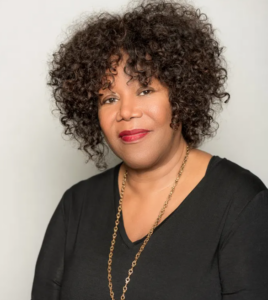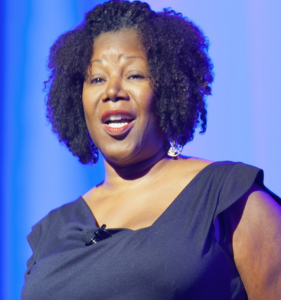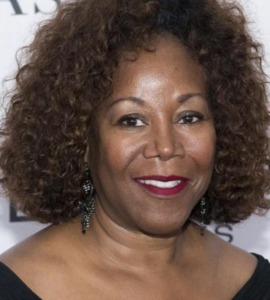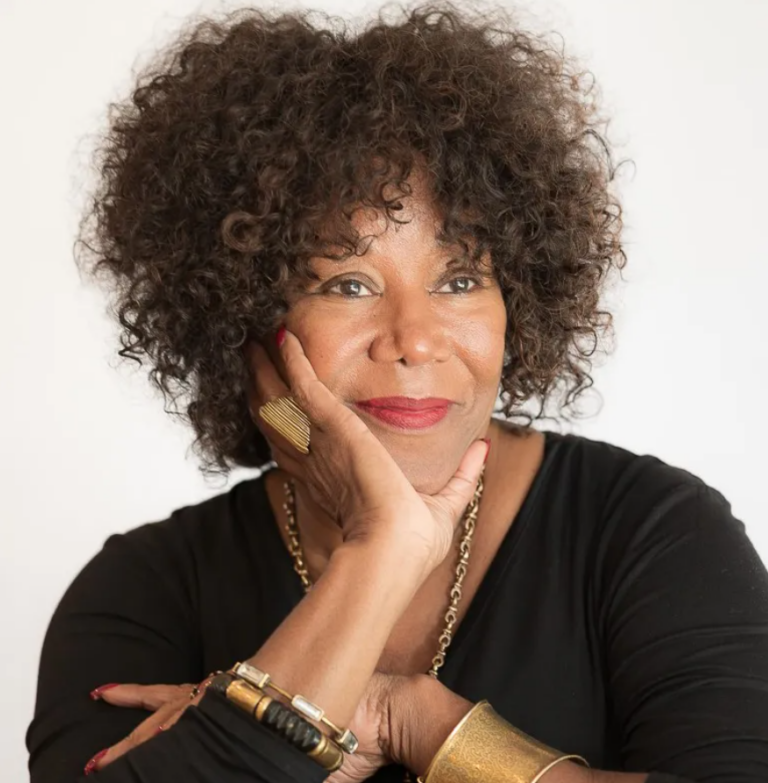In the realm of American civil rights history, the name Ruby Bridges stands as a beacon of courage and resilience. As the first African American child to desegregate an all-white school in the South, Ruby’s story is widely celebrated
Ruby Nell Bridges’ journey stands as a testament to the resilience and courage required to challenge societal norms and pave the way for progress.
Her actions not only catalyzed change but also inspired generations to come, leaving an indelible mark on the landscape of civil rights in America.
Ruby Bridges’ indomitable spirit and unwavering commitment to justice have left an indelible mark on history.
In writing Ruby Bridges’ story, it’s imperative to honor her legacy and the profound impact of her contributions to the Civil Rights Movement.
Through her unwavering courage and unwavering commitment to equality, Ruby Bridges ignited a spark of change that continues to resonate today, reminding us of the enduring power of the human spirit in the face of adversity.

You May Also Like: Exploring Stormy Daniels Parents: Who Are They? Family Background, Origin And Partner
Table of Contents
Who Are Abon And Lucille Bridges: Ruby Bridges Parents?
A Glimpse into History
Ruby Nell Bridges, born in Tylertown, Mississippi, on September 8, 1954, emerged as a pivotal figure in the fight for civil rights.1
Her story resonates with courage and resilience, marking a significant milestone in the struggle against segregation in America.
Early Challenges and Relocation
Coming from humble beginnings, Ruby’s parents, Abon and Lucille Bridges, faced financial hardships in Mississippi.
Seeking better opportunities, the family made the bold decision to relocate to New Orleans, Louisiana. Little did they know, their daughter would soon become a symbol of courage in the face of adversity.
The Quest for Education
In 1960, at the tender age of six, Ruby undertook an exam that would change the course of her life. Despite the landmark ruling of Brown v.
Board of Education in 1954, which declared racial segregation in public schools unconstitutional, the Deep South remained resistant to integration.

Facing Opposition
As one of six African-American students who qualified for enrollment in the all-white William Frantz Elementary School, Ruby encountered hostility and opposition from the community.
Despite the threats and intimidation, she bravely walked through the school doors on November 14, 1960, accompanied by federal marshals.
Lone Journey
While others faltered, Ruby stood strong as the sole student to integrate William Frantz Elementary School.
Her presence challenged the status quo, prompting some white parents to withdraw their children from the institution. Despite the chaos and hostility, Ruby remained resolute in her pursuit of education.
A Beacon of Hope
Amidst the turmoil, one teacher, Barbara Henry, emerged as a beacon of hope for Ruby.
Despite facing backlash from her peers, Barbara courageously took on the responsibility of educating Ruby in a classroom devoid of classmates.
A Legacy of Courage
Ruby Nell Bridges’ journey serves as a testament to the resilience of the human spirit and the power of education to break down barriers.
Her unwavering courage in the face of adversity continues to inspire generations, reminding us of the importance of standing up for what is right, even in the face of overwhelming opposition.

Ruby Nell Bridges: Ethnicity And Origin
Ruby Nell Bridges, a pivotal figure in the Civil Rights Movement, emerged as a symbol of courage and resilience during the turbulent times of racial segregation in the United States.2
Early Life of Ruby Nell Bridges
Born on September 8, 1954, in Tylertown, Mississippi, Ruby Bridges spent her formative years on a farm in Mississippi, where her parents and grandparents engaged in sharecropping.
Relocation to New Orleans
At the age of four, Ruby’s parents, Abon and Lucille Bridges, made the decision to relocate to New Orleans in pursuit of better opportunities and a brighter future for their family.
Abon secured employment as a gas station attendant, while Lucille worked night shifts to supplement the family income.
Family Dynamics
The Bridges family expanded with the arrival of Ruby’s two younger brothers and a younger sister, further emphasizing the importance of their quest for a prosperous life.
The Historic Integration
In a historic moment that would forever change the landscape of education and race relations in America, six-year-old Ruby Bridges bravely stepped into history as the first African American child to integrate a white Southern elementary school.
View this post on Instagram
Facing Adversity
On November 14, 1960, Ruby, accompanied by her mother and U.S. marshals, confronted vehement opposition and violent mobs as they made their way to the school.
Despite the hostility and adversity, Ruby remained steadfast in her determination to receive an education, paving the way for future generations of African American students.
Legacy and Impact
Ruby Nell Bridges’ remarkable journey serves as a beacon of hope and inspiration, illustrating the power of resilience, determination, and the pursuit of equality.
Her courageous actions catalyzed significant advancements in the fight against racial segregation and discrimination, leaving an indelible mark on the fabric of American history.
Also Read: Columnist Jill Kirby: Age, Bio/Wiki, Ethnicity, Family, Relationship And More Explained

Ruby Bridges: Bio
Breaking Barriers: Ruby Bridges’ Impact on Civil Rights
Ruby Bridges, a pivotal figure in the civil rights movement, made history at the tender age of six by becoming the first Black student to integrate an all-white elementary school in New Orleans.3
Early Life and Background
Born in Mississippi in 1954, Ruby Bridges entered the world during a time of significant social upheaval.
It was the same year that the United States Supreme Court issued its landmark decision mandating the integration of public schools, setting the stage for Bridges’ groundbreaking journey.
Trailblazing Desegregation
In 1960, Bridges’ family relocated to New Orleans, where she embarked on her historic journey.
On November 14th of that year, she bravely walked through the doors of William Frantz Elementary School, symbolizing the dawn of desegregation in New Orleans’ public education system.

Immortalized Legacy
Bridges’ courageous act captured the nation’s attention, immortalized in Norman Rockwell’s iconic painting, “The Problem We All Live With.”
Her story further resonated through Robert Coles’s acclaimed book, “The Story of Ruby Bridges,” and the Disney film adaptation, “Ruby Bridges.”
Literary and Philanthropic Contributions
Continuing her legacy of activism and education, Bridges authored the New York Times bestseller, “THIS IS YOUR TIME,” following the success of her award-winning autobiography, “Through My Eyes.”
Moreover, she established the Ruby Bridges Foundation, dedicated to empowering youth and community leaders through leadership training programs that promote diversity and inclusion.
My 5/17 interview @msnbcDisrupt @finneyk is up! Have promises of Brown v. Board been kept? Pls RT & share http://t.co/acwG457QXv
— Ruby Bridges (@RubyBridges) May 19, 2014
Recognition and Awards
Throughout her career, Bridges has garnered widespread recognition for her unwavering commitment to equality and justice.
Among her many accolades are the NAACP Martin Luther King Award, the Presidential Citizens Medal, and honorary doctorate degrees from prestigious institutions such as Connecticut College, College of New Rochelle, Columbia University Teachers College, and Tulane University.
Inspiring Future Generations
Ruby Bridges’ remarkable journey serves as a beacon of hope and inspiration for generations to come.
Through her courage, resilience, and dedication to social progress, she has left an indelible mark on the fight for equality and continues to inspire individuals worldwide to embrace the richness of diversity and advocate for a more just society.
FAQ’s
1. Who is Ruby Bridges?
Ruby Bridges is an American civil rights activist who became an icon of the civil rights movement at the age of six when she became the first African American child to integrate a white Southern elementary school in 1960.
2. What is Ruby Bridges famous for?
Ruby Bridges is famous for her role in desegregating William Frantz Elementary School in New Orleans, Louisiana. Her courageous act of attending the all-white school in the face of intense racism and opposition symbolized the struggle for civil rights in America.
3. When did Ruby Bridges integrate William Frantz Elementary School?
Ruby Bridges integrated William Frantz Elementary School in 1960 when she was just six years old. This event marked a significant moment in the civil rights movement in the United States.
4. How did Ruby Bridges integrate the school?
Ruby Bridges integrated William Frantz Elementary School as part of a federal court order to desegregate schools in New Orleans. She was escorted by federal marshals past angry mobs of protesters and attended classes alone with her teacher, as other parents withdrew their children in protest.
5. What impact did Ruby Bridges have on the civil rights movement?
Ruby Bridges’ bravery and perseverance in the face of adversity inspired many and helped advance the cause of civil rights in America. Her actions brought national attention to the issue of segregation in schools and contributed to the eventual dismantling of segregation laws. Today, she is recognized as a symbol of courage and resilience in the fight for equality.
Read About: What Happened To Emma Kok (Musician)? Battle With Gastroparesis, Health Update And Family Details Explored



